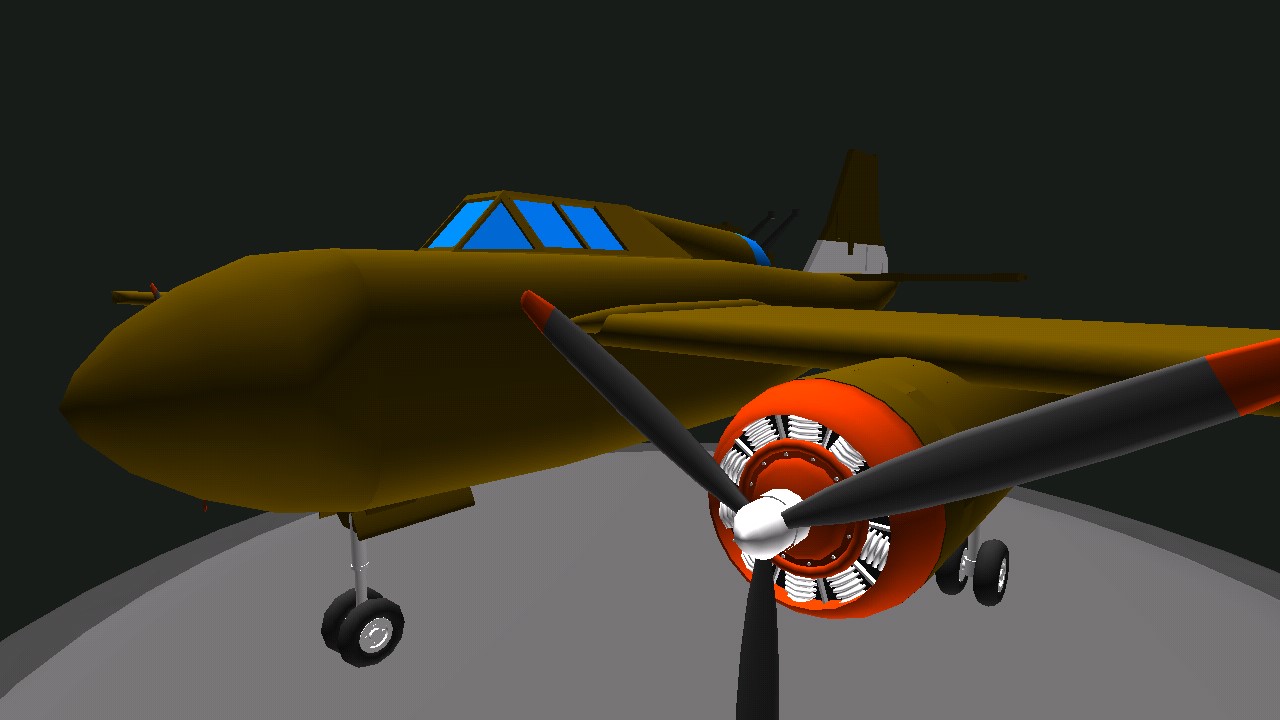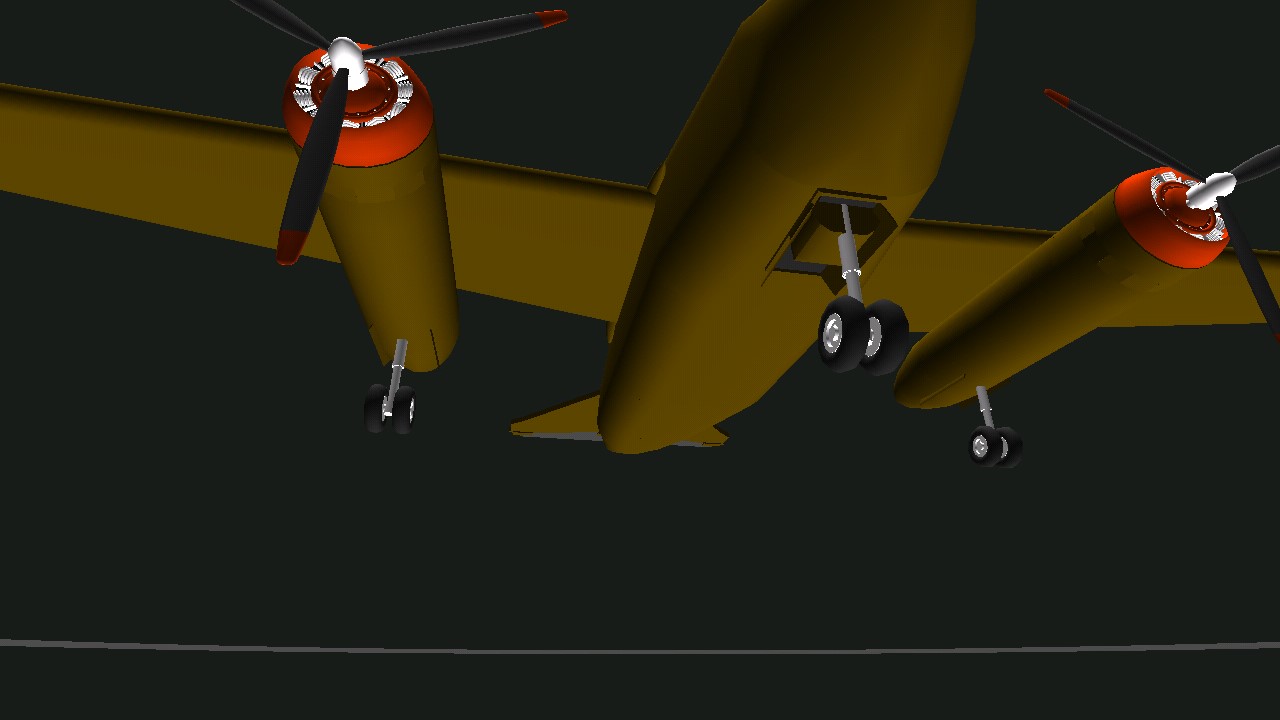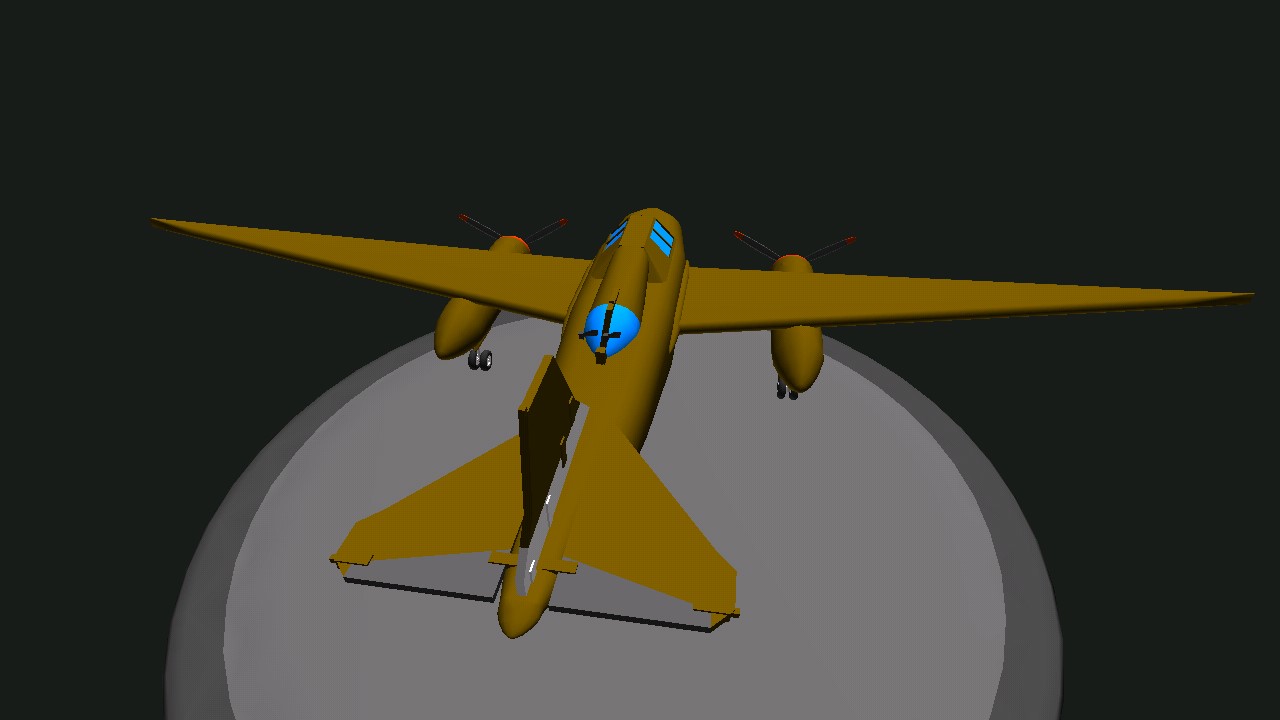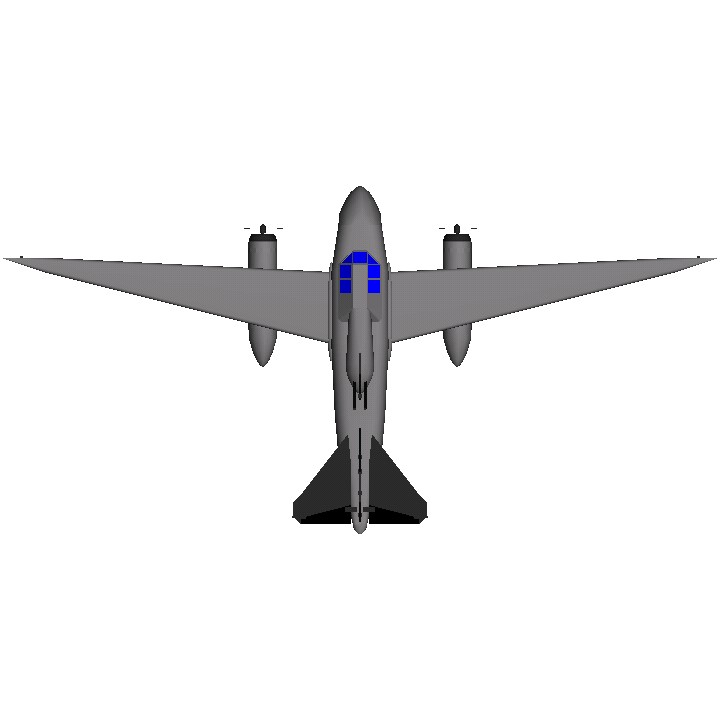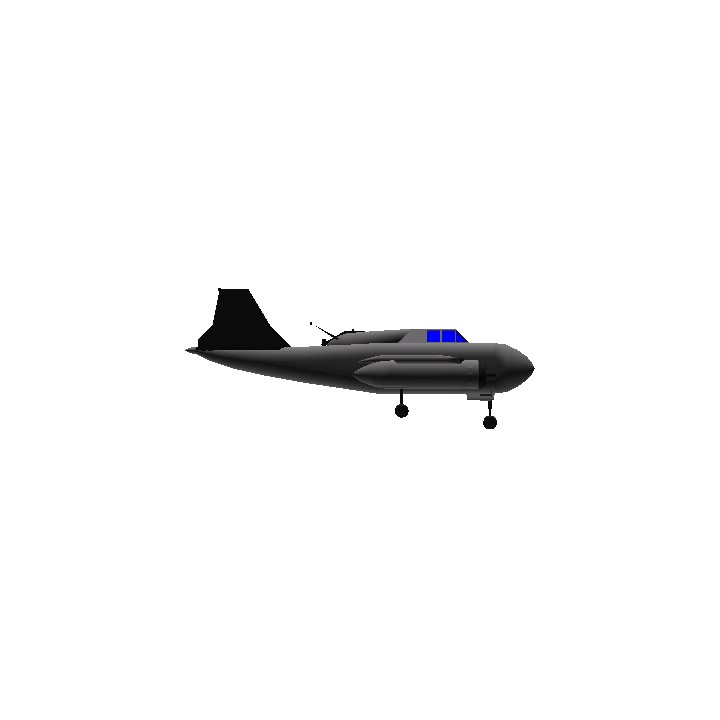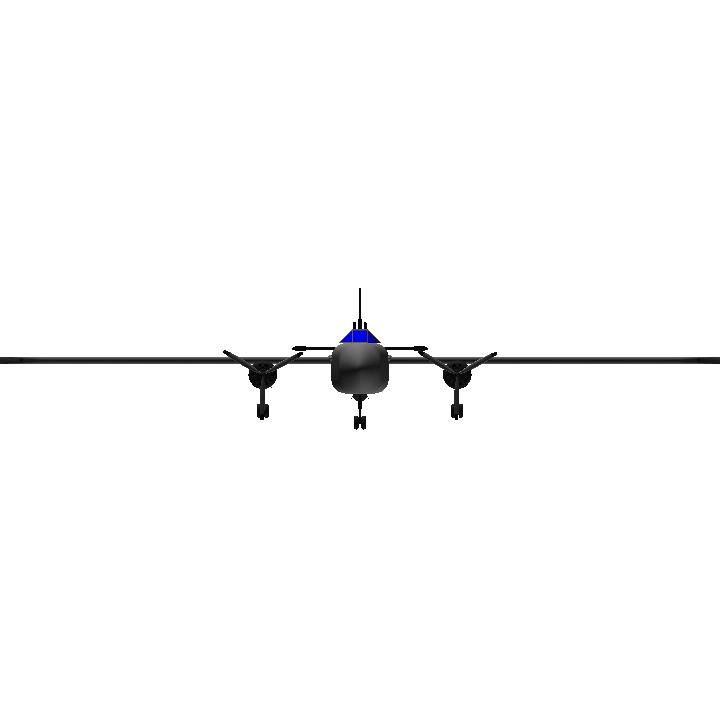Some mistakes on my last plane. History- In March 1937, a design team headed by Donald Douglas, Jack Northrop and Ed Heinemann produced a proposal for a light bomber powered by a pair of 450 hp (336 kW) Pratt & Whitney R-985 Wasp Junior radial engines mounted on a high-mounted wing. It was estimated that it could carry a 1,000 lb (454 kg) bomb load at 250 mph (400 km/h). Reports of aircraft performance from the Spanish Civil War indicated that this design would be seriously underpowered, and it was subsequently cancelled. In the autumn of the same year, the United States Army Air Corps issued its own specification for an attack aircraft. The Douglas team, now headed by Heinemann, took the Model 7Adesign, upgraded with 1,100 hp (820 kW) Pratt & Whitney R-1830 Twin Wasp engines, and submitted the design as the Model 7B. It faced competition from the North American NA-40, the Stearman X-100 and the Martin 167F. The Model 7B was maneuverable and fast, but did not attract any US orders. Although not the fastest or longest-range aircraft in its class, the Douglas DB-7 series distinguished itself as a tough, dependable combat aircraft with an excellent reputation because of its speed and maneuverability. In a report to the British Aeroplane and Armament Experimental Establishment (AAEE) at RAF Boscombe Down, test pilots summed it up as: "has no vices and is very easy to takeoff and land ... The aeroplane represents a definite advantage in the design of flying controls ... extremely pleasant to fly and manoeuvre."[3] Ex-pilots often consider it their favorite aircraft of the war due to the ability to toss it around like a fighter.[4] The Douglas bomber/night fighter was extremely adaptable and found a role in every combat theater of the war, and excelled as a true "pilot's aeroplane".[5]When DB-7 series production finally ended on 20 September 1944, a total of 7,098 had been built by Douglas and a further 380 by Boeing. Douglas redesigned its Santa Monica plant to create a
Specifications
General Characteristics
- Created On Android
- Wingspan 82.0ft (25.0m)
- Length 39.8ft (12.1m)
- Height 15.9ft (4.8m)
- Empty Weight 50lbs (22kg)
- Loaded Weight 193lbs (87kg)
Performance
- Power/Weight Ratio 5.228
- Wing Loading 0.6lbs/ft2 (3.0kg/m2)
- Wing Area 313.8ft2 (29.2m2)
- Drag Points 11506
Parts
- Number of Parts 66
- Control Surfaces 4
- Performance Cost 371
- Log in to leave a comment
-
9,993 Nick7777Nice one10.4 years ago
-
31.2k SpikeryaDefinitely has better asthetics...10.4 years ago
-
37.8k Decrepit@PlanesOfNewton XD10.4 years ago
-
37.8k Decrepit@PlanesOfNewton lolz10.4 years ago
-
37.8k Decrepit@PlanesOfNewton jacob is the best bro. he got me to 10K10.4 years ago

